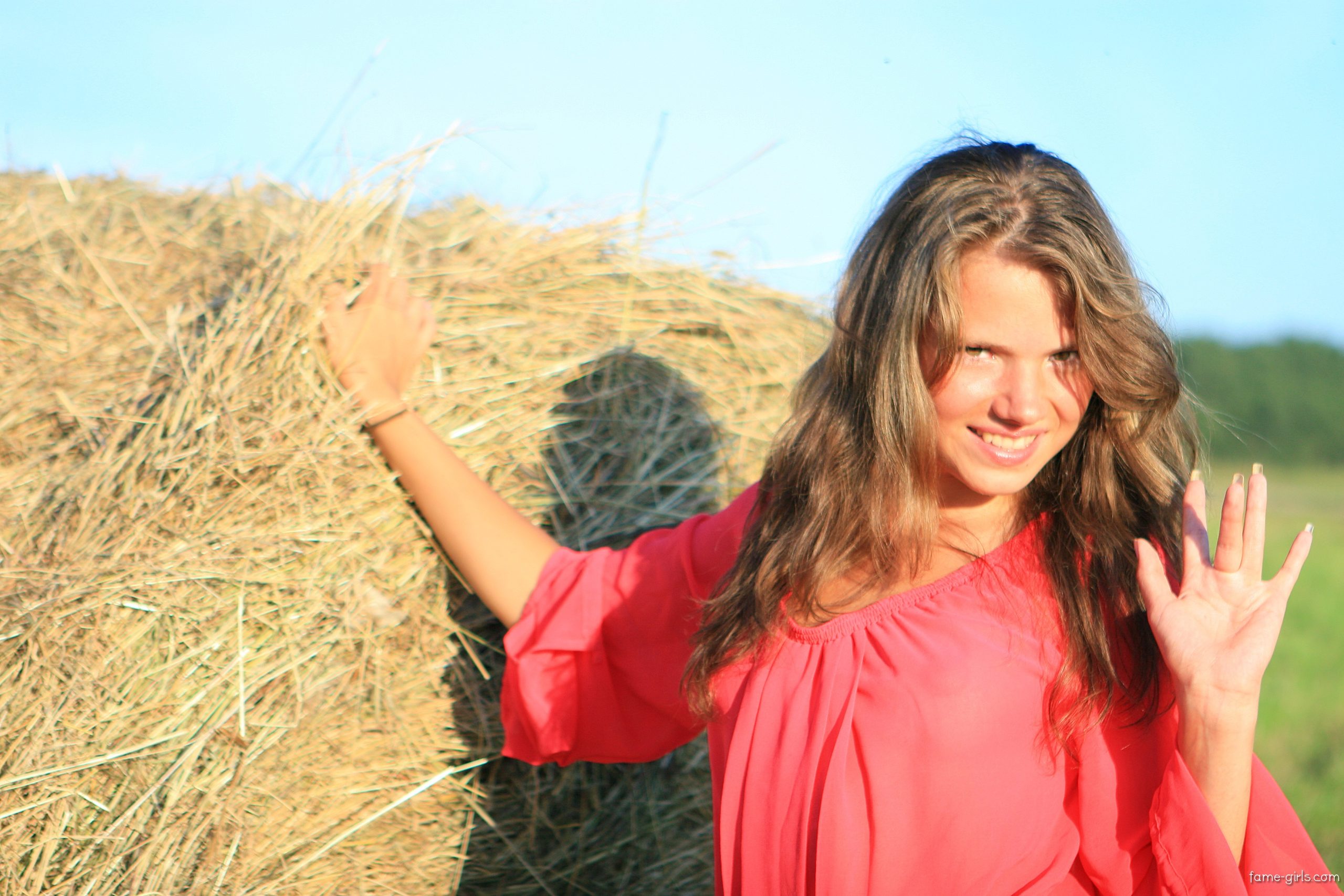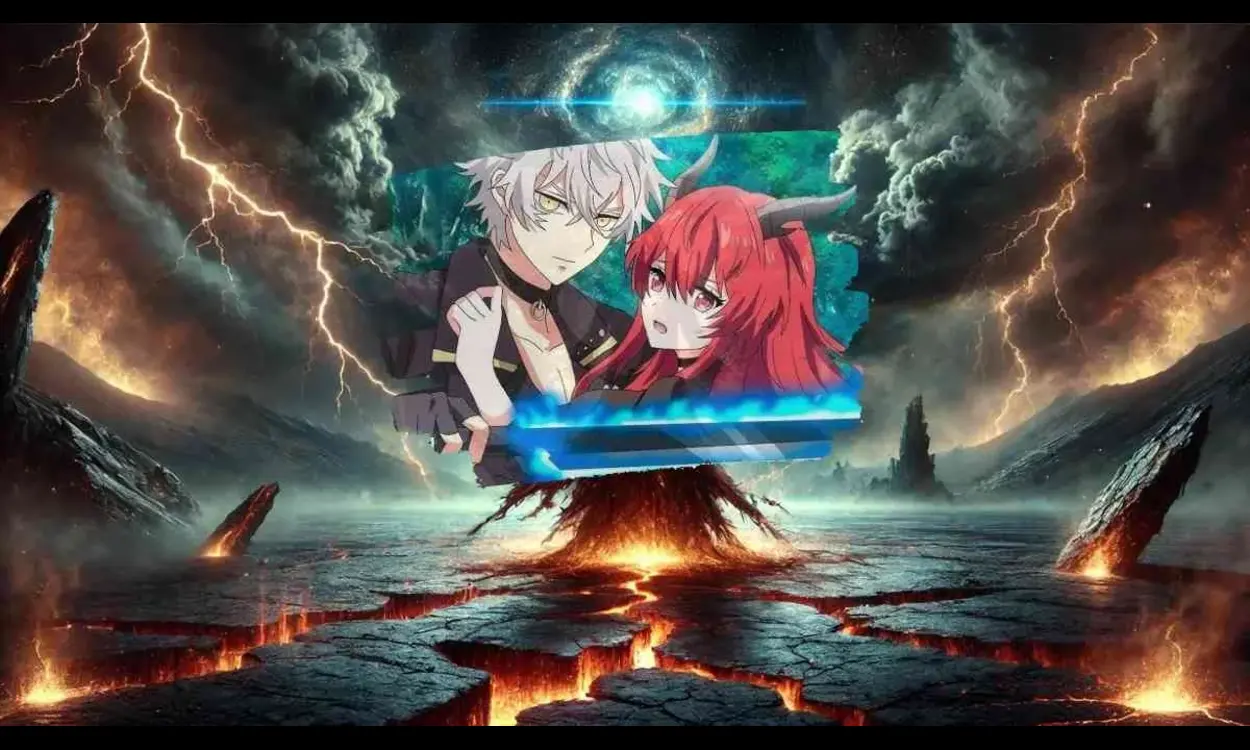The name Sandra Orlow evokes a wide range of reactions: from curiosity and intrigue to controversy and debate. Known primarily as a model who began her career at a very young age, Orlow’s story is both fascinating and complex. This article examines the multifaceted aspects of Sandra Orlow’s life and career, examining her beginnings, the controversy surrounding her, and the broader implications of her work in the modeling industry.
Early Life and Beginnings
Sandra Orlow was born in Russia, a country with a rich artistic history and a complex cultural landscape. From a young age she showed a natural inclination towards modeling, a career path that eventually brought her fame and fame. Her journey into the world of modeling began when she was just a child, a fact that later became the subject of controversy.
In Russia, as in many other parts of the world, art is highly valued and the modeling industry is no exception. Young models often begin their careers early by participating in fashion shows, photo shoots, and other modeling opportunities. For Sandra, this meant entering a glamorous but difficult world. Her early photographs captured her innocence and youthful beauty, attracting the attention of photographers, agencies and the public.
Controversy
The controversy surrounding Sandra Orlow revolves primarily around the age at which she began her modelling career and the nature of the photographs she took. In many cultures, including Russia, underage modelling is a sensitive and highly regulated area. Issues of exploitation, the appropriateness of certain types of photographs and the protection of child models are of paramount importance. Sandra’s work, which often included artistic and sometimes provocative photographs, has sparked debate about the ethics of her career.
One of the central issues is the fine line between art and exploitation. Photography as an art form often explores the human condition in all its aspects, including youth and innocence. However, when the subjects are minors, the context and interpretation of such works are subject to scrutiny. Critics argue that photographs of Sandra Orlow taken early in her career crossed this line, objectifying her in ways inappropriate for her age. Supporters, on the other hand, argue that the photographs were an artistic expression and that Sandra, with the consent of her parents, willingly participated in her modeling work.
Legal and ethical landscape
The legal landscape surrounding child modeling is complex and varies significantly from country to country. In some places, strict rules govern the conditions under which minors can work, the type of content they can produce, and the responsibilities of their guardians and employers. These laws are designed to protect young people from exploitation and ensure their well-being.
In the case of Sandra Orlow, the legal issues are especially complex. The photographs she took were often distributed around the world, crossing different jurisdictions with different legal standards. Some countries have laws that strictly prohibit the creation and distribution of certain types of images of minors, even if they are artistic in nature. This led to legal battles and controversies over the availability and legality of Sandra’s work.
From an ethical standpoint, the situation is no less complex. The modeling industry has long struggled with issues of body image, exploitation and representation of women and girls. Sandra’s case highlights the need for a careful balance between artistic expression and the protection of young models. It raises important questions about the responsibilities of photographers, parents and agencies in protecting the interests of child models.
Impact on Sandra Orlow’s life
The controversy and debate surrounding Sandra Orlow certainly had a significant impact on her life. Growing up in the public eye, especially under such controversial circumstances, can be difficult for anyone, let alone a young person. Scrutiny, both positive and negative, can take a toll on a person’s self-esteem, sense of identity, and mental health.
Sandra’s career has been marked by both admiration and criticism. While some see her as a talented model who was judged unfairly, others see her as a victim of a system that failed to protect her. The ambivalence of these perspectives likely affected her personal and professional life in a variety of ways. Navigating such a complex and polarized environment requires resilience and strength, qualities that Sandra had to develop over time.
Wider implications
Sandra Orlow’s story is not the story of a single person; it reflects broader issues in the modeling industry and society as a whole. A discussion of her career reveals several important themes:
Modelling and child exploitation : The fine line between the display of youthful beauty and the exploitation of minors is a controversial topic. Sandra’s case has sparked debate about the need for stricter regulations and better protections for child models.
Creative freedom versus ethical responsibility : The debate over Sandra’s photographs touches on the broader issue of creative freedom. While artists and photographers often push boundaries to explore new creative territory, they also have a responsibility to consider the ethical implications of their work, especially when it involves minors.
Public perception and media representation : The way the media portrays young models can significantly affect public perception. Sandra’s experience highlights the importance of responsible media coverage that respects the dignity and privacy of individuals, especially young people.
Role of parents and guardians : In the modelling industry, parents and guardians play a critical role in making decisions that affect the careers and well-being of their children. Sandra’s story highlights the need for those in charge of young models to make informed and thoughtful decisions.
The evolution of the modelling industry.
The modelling industry has changed significantly over the years, influenced by changing cultural norms, technological advances and growing awareness of issues such as exploitation and representation. Sandra Orlow’s career is an example of how these factors intersect to create complex situations.
Technological advances : The development of the internet and digital photography has transformed the modelling industry. This made it easier for models to gain fame, but also created problems in controlling the distribution and use of images. For Sandra, this meant that her work could be widely shared and accessible, sometimes in ways beyond her control.
Cultural changes : Society’s understanding and acceptance of certain types of art and expression has changed. What in the past might have been considered acceptable or even praised can now be viewed critically. Sandra’s work, seen through the lens of contemporary values, raises a debate about what is appropriate and ethical in the depiction of minors.
Regulatory changes : As awareness of the potential for exploitation in the modelling industry has grown, so too have calls for stricter regulation and oversight. This includes better protections for child models, clearer rules for content featuring minors, and greater accountability for those working with young talent.
Sandra Orlow’s legacy
Sandra Orlow’s legacy is complex and multifaceted. She is both a talented model and a figure at the center of important ethical and legal debates. Her work has been praised for its artistic value and criticized for its appropriateness. As her career and life continue, Sandra’s experiences provide valuable lessons for the modeling industry and society.
Her story highlights the importance of protecting young people in the industry by providing them with the support and guidance they need to overcome the challenges they may face. It also emphasizes the need for a balanced approach to artistic expression that respects both the creative process and the dignity of its subjects.
Moving Forward
As the modeling industry continues to evolve, it should learn from the experiences of people like Sandra Orlow. This means developing better protections for child models, promoting ethical standards in photography and media, and promoting a more nuanced understanding of art and exploitation.
For Sandra, the future brings both challenges and opportunities. As she matures and continues to grow as a person, she has the potential to use her platform to advocate for positive change in the industry. Her voice, based on her unique experience, can be a powerful force in promoting ethical practices and supporting young talent.
CONCLUSION
Sandra Orlow’s story is a fascinating and complex one, marked by both talent and controversy. It opens a window into broader issues in the modelling industry and society, raising important questions.











